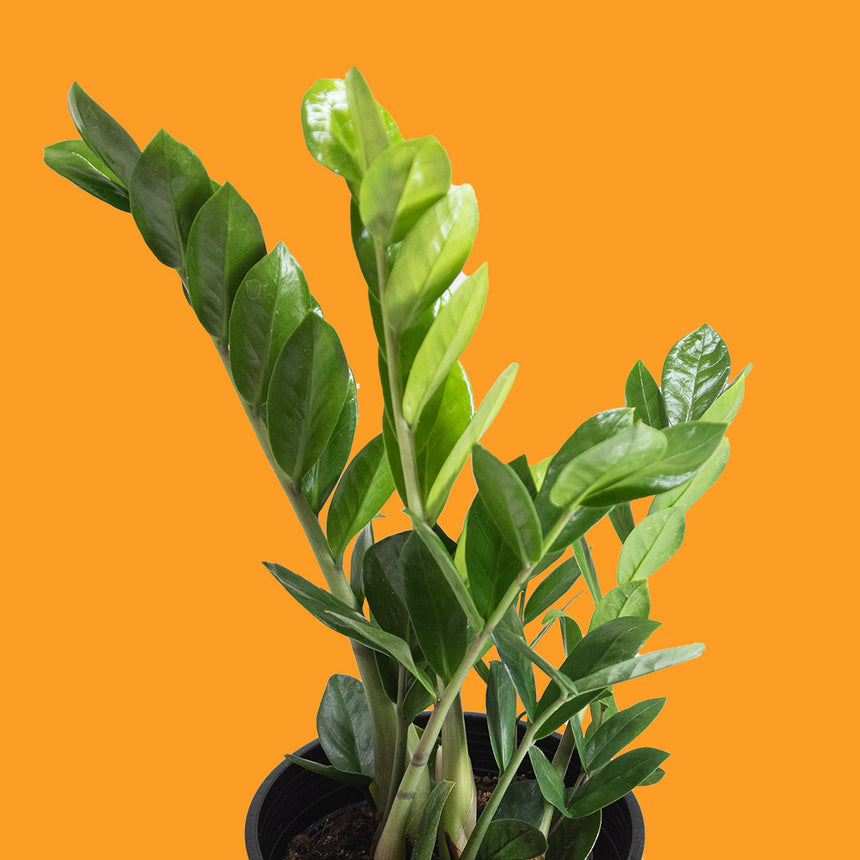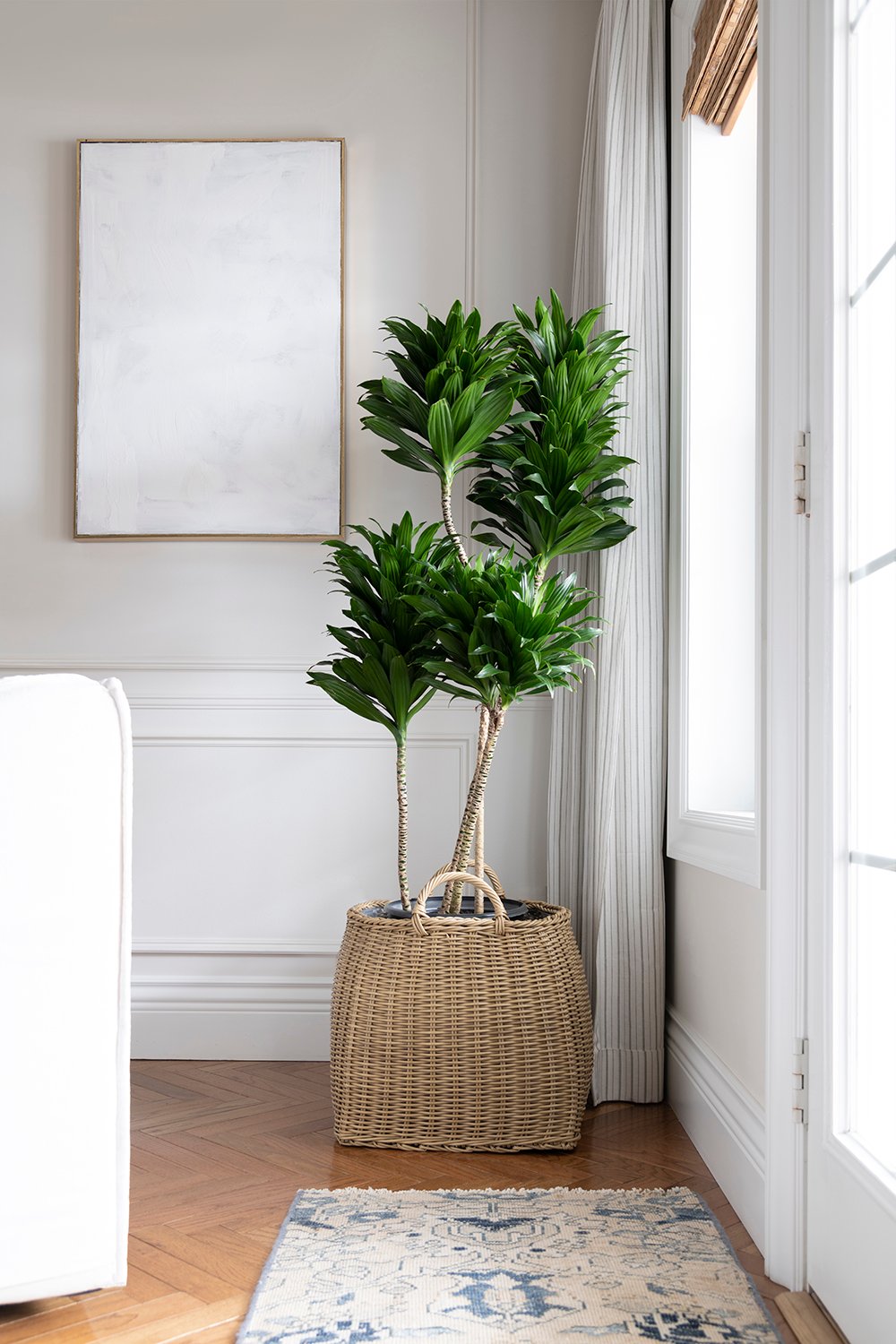Discover the most effective Low-Light Indoor Plants for Enhancing Your Home Decoration
Including low-light interior plants into your home decor can significantly boost both visual appeals and ambience, particularly in rooms that do not have abundant all-natural light. Varieties such as the Snake Plant and ZZ Plant not only bring life to lower edges yet likewise add to enhanced air quality and total well-being.

Why Pick Low-Light Plants
Why go with low-light plants in your indoor areas? The modern living environment usually presents difficulties such as minimal natural light, making it challenging for traditional houseplants to grow. Low-light plants are specifically adapted to grow and make it through in these problems, providing a viable remedy for individuals seeking to enhance their interior areas without the added stress and anxiety of preserving extra light-demanding flora.
Along with their strength, low-light plants contribute dramatically to the aesthetic appeals of a room. Their varied variety of sizes, shades, and forms enables distinct indoor style possibilities, developing inviting and dynamic atmospheres. Interior plants are recognized for their air-purifying top qualities, boosting indoor air quality by releasing and filtering toxins oxygen, which can enhance general wellness.
Low-light plants likewise require minimal maintenance, making them particularly interesting busy individuals or those new to horticulture. Their flexibility enables placement in numerous settings, from office spaces to poorly lit edges of the home. By selecting low-light plants, you can take pleasure in the advantages of plant without the restraints that typically accompany conventional gardening, ultimately fostering a much healthier and a lot more visually attractive indoor atmosphere.
Top Low-Light Indoor Plants
For those seeking to improve their interior areas with plant that prospers in low-light conditions, several plant options stand apart for their resilience and visual allure. The Snake Plant (Sansevieria trifasciata) is a prominent choice, known for its upright, sword-like leaves and ability to endure overlook. This hardy plant can survive in poorly lit areas while boosting indoor air high quality.
Another superb option is the Pothos (Epipremnum aureum), characterized by its heart-shaped leaves and routing vines. Pothos is not only versatile to reduced light yet additionally provides a striking aesthetic comparison when put on shelves or hanging baskets.
The ZZ Plant (Zamioculcas zamiifolia) is just as remarkable, boasting glossy, dark environment-friendly leaves that can illuminate any corner. Its dry spell resistance makes it excellent for busy house owners.
Treatment Tips for Low-Light Plants
Exactly how can you make sure that your low-light interior plants grow in spite of minimal sunshine? First, choose the ideal potting mix that provides good drain while preserving moisture. A well-aerated dirt, such as a blend of potting soil and perlite, can assist protect against origin rot.
Watering is critical; low-light plants generally require less constant watering compared to their sun-loving counterparts. Always check the leading inch of the dirt-- if it feels completely dry, it's time to water. Be mindful of overwatering, as this can lead to fungal issues and root degeneration.
Feeding low-light plants must be done sparingly - Best low-light indoor plants. Make use of a well balanced, water-soluble plant food throughout the expanding period, yet get rid of or minimize fertilization in the dormant months
Furthermore, dust can accumulate on fallen leaves, inhibiting photosynthesis. Gently clean the fallen leaves with a moist towel to keep them clean.
Lastly, observe your plants carefully. Signs of distress, such as yellowing fallen leaves or leggy growth, can indicate that your plant needs changes in care (Best low-light indoor plants). By complying with these care pointers, your low-light interior plants can grow, adding elegance and vigor to your home
Imaginative Ways to Display Plants
Boosting the visual allure of your indoor room can be achieved by attentively showing your low-light plants in creative means. Think about using upright area to your benefit; wall-mounted shelves can display trailing plants like pothos or philodendron, adding lushness while saving floor area. Utilize plant stands of differing elevations to develop visual passion and this article depth, drawing the eye upward.
Hanging planters are one more excellent option, supplying a remarkable impact when suspended from the ceiling or hooks. Macramé wall mounts can present structure and bohemian style, while modern ceramic hangers can suit a minimalist aesthetic. For a much more ingenious technique, repurpose special containers such as classic teacups or glass jars, which can include individuality to your screen.
Grouping plants in clusters is also reliable; use differing pot dimensions and colors to create a cohesive look. This approach not just boosts aesthetic influence yet likewise offers a natural habitat feel - Best low-light indoor plants. Finally, think about placing plants near lights like lamps or home windows to maximize their development and showcase their vibrant foliage, thus enhancing the total ambiance of your indoor environment.
Benefits of Indoor Plant
Many researches have demonstrated that including interior plant into your space offers a plethora of advantages, improving both mental and physical well-being. One of the most significant advantages of why not try these out interior plants is their ability to enhance air high quality. Plants soak up carbon dioxide and launch oxygen, producing a much healthier atmosphere while likewise straining damaging toxic substances, thus advertising respiratory health and wellness.
Moreover, the visibility of plant has actually been linked to lowered anxiety degrees. Research indicates that interacting with plants can decrease cortisol degrees, which are linked with stress. This calming impact can cause improved mood and increased performance, making interior plants an excellent addition to offices.
Furthermore, interior greenery can improve cognitive feature. Research studies recommend that settings improved with plants can bring about increased focus, imagination, and general psychological clearness. The aesthetic appeal of indoor plants likewise adds to an extra welcoming and pleasant setting, favorably affecting social interactions and overall satisfaction within a space.
Conclusion

Incorporating low-light indoor plants right into your home décor can significantly boost both visual appeals and atmosphere, particularly in spaces that lack abundant natural light. Ranges such as the Serpent Plant and ZZ Plant not just bring life to lower corners however likewise add to boosted air top quality and overall wellness. Indoor plants are known for their air-purifying high qualities, enhancing indoor air quality by filtering system toxins and releasing oxygen, which can improve general well-being.
For those looking for to improve their indoor areas with plant that grows in low-light conditions, a number of plant options stand out for their resilience and visual charm. These durable plants, such as the Snake Plant and ZZ Plant, flourish in dark problems and need very little maintenance, making them appropriate for various way of lives.